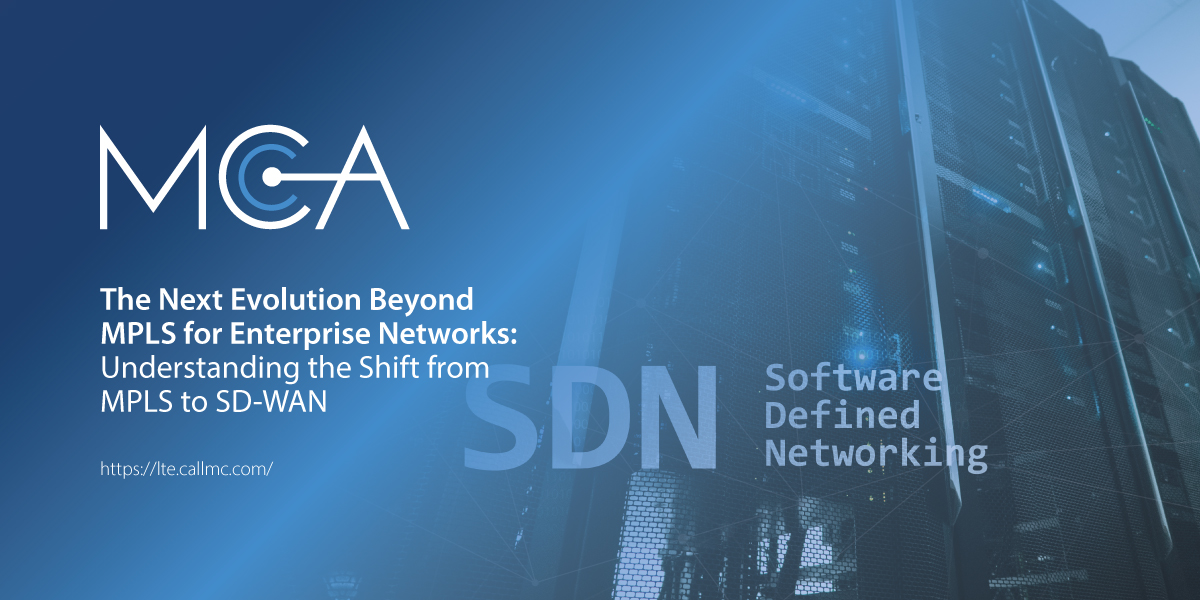Dallas County Elects to Use All-Cellular WAN Connectivity at Hundreds of Vote Centers
Cradlepoint Helps IT Team Meet Government Requirements with Secure Network Redundancy for Election Nights
Cradlepoint Case Study | Pop-Up Networks for Voting Centers

Challenge Highlights
With the 2020 primaries approaching, the general election soon to follow, and a transition to a vote center model underway, Dallas County’s Office of Information Technology (DCOIT) sought a time-efficient solution to a deeply important challenge. The state government requires every vote center to have network connection redundancy so workers have constant access to information from e-pollbooks and other devices. This is particularly difficult because of the wide range of buildings that host these polling places and require the county to bring its own network.
Solution Overview
At nearly 500 vote centers, Dallas County deployed Cradlepoint’s NetCloud Service for Branch with LTE-enabled wireless edge routers. Two modems in each router enable redundant Wireless WAN connectivity across multiple network operators.
Benefits Overview
Dallas County’s Office of IT used Cradlepoint’s cloud-based platform to drastically simplify preparation, deployment, and management of edge security, LTE connectivity, and routing at hundreds of sites across a huge geographical area — and to satisfy the stringent government requirements for redundancy in vote centers.

"Our LTE edge solutions enabled our vote centers to function properly and securely. The requirements of connection redundancy and enterprise-grade information security were clear; Cradlepoint was able to help us get there.”
Lester Lewis | Server and Network Manager, Dallas County Office of IT
Challenge Detail
Dallas County’s Office of IT oversees pop-up networks at vote centers throughout one of the top 10 most populous counties in the U.S. Each location needs completely reliable connectivity — and the utmost data security — enabling voting machines, pollbooks for voter registration, laptops, printers, and more.
It’s a daunting task for their small but industrious team, and it was made even more difficult by the consumer-grade MiFis the county had been using at their temporary election sites for some time. The limitations of these products were among several challenges the IT team needed to address.
Government Mandates for Redundancy
Each vote center is required by law to have a networking solution that provides connection redundancy — and for good reason. Because vote centers comprise numerous precincts from which residents can choose where to vote, some try to vote multiple times at different locations. To prevent this, election workers need real-time information about who has and has not voted. Network downtime harms the integrity of the process.
“It’s extremely important that people don’t vote twice. Connectivity and timely updates between all locations are of the utmost importance — and they require reliable infrastructure,” said Lester Lewis,
WAN Variables from Site-to-Site
On election night, vote centers are allowed to operate in a wide variety of temporary locations including libraries, schools, and churches. However, usually the county is only invited into these places if it can guarantee separation from the host building’s network infrastructure and Wi-Fi.
“When we go into a new space for one of our vote centers, we don’t know what kind of WAN and LAN situation we’re walking into,” Lewis said.
Limitations of MiFis
MiFis are consumer-grade devices that fall short of several things that vote centers require. First, MiFis don’t provide even basic security options, let alone advanced features. No agency can afford to put election security at risk. Second, MiFis don’t support network redundancy. There’s no ability to fail over from one carrier to another during an outage. Also, consumer-grade devices require on-site management of configurations at each location. On election night, Dallas County’s IT team doesn’t have enough time to troubleshoot every issue in person.
Tight Deadline
With the primaries fast approaching and many locations to provision, Dallas couldn’t wait for products that would require months of configuration and setup.

Solution Detail
To support Dallas County’s transition to a vote center model in 2019, the IT team deployed Cradlepoint’s NetCloud Service for Branch with enterprise-class wireless edge routers across its nearly 500 polling places. Each router uses two modems and network operators for automatic failover.
Each all-in-one solution — centrally controlled through Cradlepoint NetCloud Manager — supports LTE and wired connectivity, high-performance Wi-Fi, routing and SD-WAN functionality, and comprehensive security features.
“Our LTE edge solutions enabled our vote centers to function properly and securely. The requirements of connection redundancy and enterprise-grade information security were clear; Cradlepoint was able to help us get there,” Lewis said.
Benefits Detail
LTE Redundancy for Constant Uptime
Using Cradlepoint routers, each with multiple modems, gives Dallas County vote centers the network redundancy mandated by law and the reliability they need for smooth operations on election night. Every device and worker has access to the routers’ built-in Wi-Fi, with no downtime and little latency.
Zero-Touch Deployment for Fast Rollout
Teamwork between Cradlepoint and other partners helped Dallas County receive its branch solutions very quickly. Critical to their success, the IT team used Cradlepoint NetCloud Manager to preconfigure the routers — including the setup of multiple SSIDs per location — prior to receiving them.
“With the zero-touch deployment capabilities supported by Cradlepoint and others, we were able to set these solutions up as soon as they arrived in the mail,” Lewis said.
WAN & Carrier Flexibility for Bring-Your-Own-Network Approach
Leveraging cellular wireless for primary and secondary WAN links enables the county to utilize a “bring your own network” approach at every site. The IT professionals implement the agency’s specially planned network connectivity and security configurations, regardless of the building’s existing infrastructure.
“In a county as large as Dallas County, and with hundreds of vote centers, you simply don’t know how the cellular coverage will be from one site to the next. Carrier diversity is critical, and Cradlepoint provided the solution we needed,” Lewis said.
Scalable, Multi-Layered Information Security
Dallas County’s exhaustive network security measures are highly scalable through Cradlepoint’s purpose-built branch routers. These routers support VPN technologies and have unified threat management, including an application-aware firewall, intrusion prevention software (IPS) and intrusion detection software (IDS), and web content filtering that secures the edge of the network. For another layer of security, the IT team can use a Verizon-provided private access point name (APN) wherever necessary.
Centralized Network Monitoring & Troubleshooting on Election Night
NetCloud Manager allows the IT team to maximize its time on election night and to centrally monitor connectivity and security across the county. The GeoView feature presents an easy-to-read map view of the entire network.
“Cradlepoint’s network management platform is a lifesaver. You can track the location of each router, perform updates, and troubleshoot. You can look at signal strength, location by location. Those types of features are incredibly useful on election night,” Lewis said.
Contact USAT
USAT is a value-added reseller of Cradlepoint IoT-enabled communications devices and networking software. USAT specializes in improving the efficiency of our clientele’s mission-critical operations by implementing wireless communication solutions for data acquisition. USAT provides, configures, and deploys durable, secure, and field-tested intelligent network devices to fit the exacting requirements and budgets of our clients' wireless connectivity initiatives.
Share this Post














